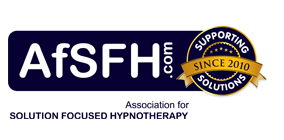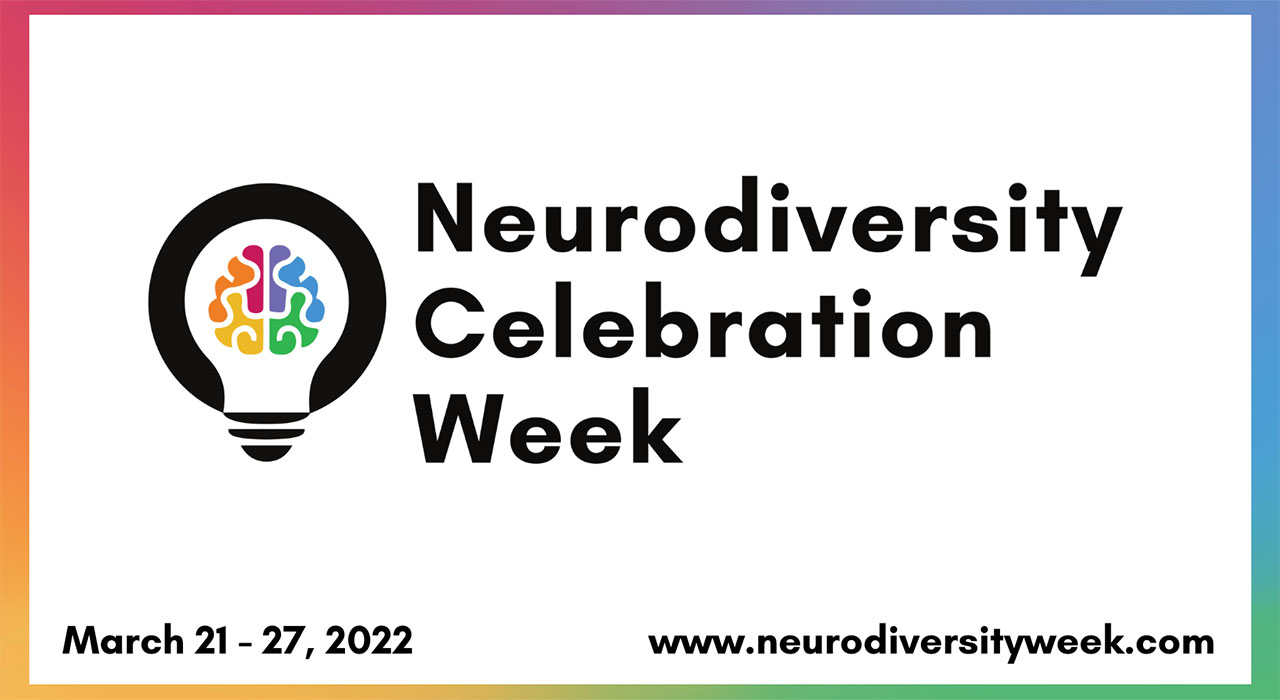The 21st to 27th March this year was nominated as “Neurodiversity Celebration Week” in the UK.
But what IS neurodiversity?
Around 30% of the population are considered to be ‘neurodiverse’, with the majority made up by those that have a diagnosis of ADHD or an ‘autistic spectrum condition’, although not everyone who is neurodivergent actually has a diagnosis.
Being ‘neurodiverse' refers to the concept of accepting that having a brain that works in a different way is simply a natural human variation, like height or hair colour. The ‘different way’ in which neurodiverse brains function may be due to attention deficit hyperactivity disorder (more commonly known as ADHD), autism, dyslexia, dyspraxia, or other neurological condition.
Neurodiverse vs neurotypical
Even writing that sentence gives me pause.
Should ADHD, autism, and differences in processing information even BE considered as ‘conditions’?
Are they problems to be ‘fixed’?
Should people with differently functioning brains be expected to conform to working or behaving in the same way as ‘normal’ people?
I don’t think so.
And neither do Neurodiversity advocates.
They would argue that making workplaces, and schools, and hopefully society in general, places where neurodiverse people are able to function at their best actually improves things for us all.
In the same way, altering our own expectations around how neurodiverse people should be the ones to adapt and fit in to our neurotypical world could well benefit us all.
Having a brain that functions in a slightly different way brings with it a new way of thinking, and I think this is something to be celebrated and valued, in the workplace and in society in general.
A difference perspective on neurodiversity
My eldest son is neurodiverse, having a diagnosis of both ADHD and being on the autistic spectrum. Getting this diagnosis, in order to force his school to provide adaptations for his differences, was frustrating and stressful, and I have every respect for those who choose not to go through that process in order to ‘label’ themselves this way. But it did bring me into contact with one particular health professional who explained to my son that his neurodivergent brain was something to be proud of.
The health professional encouraged my son to see that his ADHD type brain, always alert to changes in his environment, would have allowed his caveman ancestors to be quickly aware of dangers, predators, and natural threats, and to be able to act on them. In short, without some of the tribe having those ultra-aware, always-on, extra-alert types of brain, our ancestors would not have survived.
In the same way, the autistic tendencies of his brain type ensured that a curious caveman could be focused and analytical enough to solve problems that others had no patience or solutions for.
This empowering way of seeing neurodivergence is the true aim of this week.
If we don’t welcome, encourage, and support neurodiverse people into workplaces and harness their unique ways of thinking, we are losing out on their ability to think creatively, analytically, or simply in ways that differ from our neurotypical type brains.
Adapting workplaces to make the most of neurodiversity
Being neurodiverse is protected under the Equality Act of 2010, which means, happily, that employers are now required to make ‘reasonable provisions’ for their neurodiverse employees. But what might those ‘provisions’ be?
Perhaps it is useful to start with the reminder that not every neurodiverse person, or indeed even those with the same diagnosis, will need the same adaptations.
Take ADHD for example.
How do we adapt for those with ADHD?
The ‘attention deficit’ component often means that people with ADHD are easily distracted by competing sensory inputs, perhaps highly patterned decor, bright lights, distracting noises, or be negatively affected by smells, all of which make working in a large open plan office very challenging.
Employers could improve the environment for ADHD employees by changing harsh overhead fluorescent lighting for desk lights perhaps, or consider how sound affects them by installing acoustic barriers that soften noise, using silent computer mice, or even creating quiet places with minimal distractions for them to work in, away from the main hub of work.
People with ADHD often struggle with organisational skills and might benefit from alternative ways of managing their workflow, so using post it notes and white boards could be helpful, as could accepting their need to move around more than the average worker by offering a stand-up desk to work at.
How can we adapt to better include autistic people?
There may be similar considerations around sensory inputs when adapting to make the workplace more comfortable for employees who are on the autistic spectrum, because issues with sensory processing are common; but it may also be useful to be sensitive to any need for routine and predictability – being expected to move around ‘hot desking’, for example, can be very challenging.
But it’s not just about lighting and noise
It’s not all about adapting the environment, either – neurodiverse workers may need their tasks presented differently to allow them to deal effectively with work. A clear written list and obvious deadlines may work best for those with ADHD, while those on the autistic spectrum might prefer solo work to being expected to contribute to group work.
These small adaptive changes can allow neurodiverse workers to function at their best, but crucially, make the workplace more inclusive and welcoming for everyone.
A useful analogy is that of installing ‘dropped curbs’ and ramps for those in wheelchairs. With adaptations like this, wheelchair users are able to navigate with ease; but so are those with pushchairs, bikes, or even wheeled suitcases. Everyone benefits from an intervention designed for a specific group of people. It allows the workforce to be enriched by diversity and fosters inclusivity.
How does hypnotherapy work for neurodiverse people?
Having a brain that functions in a slightly different way brings with it a new way of thinking, and I think this is something to be celebrated and valued.
As a hypnotherapist, and as a parent of a neurodiverse child, I bring this view of celebrating neurodiversity and maximising the differences it brings into my therapy room.
I specialise in working with teens and young people, and see a fair few neurodiverse clients as a result.
They can often feel the pressure to adjust their personality and natural tendencies of behaving or working to ‘fit in’ to a predominantly neurotypical world, both at school and socially. Constantly having to ‘act like everyone else’ to avoid being different is both hard work and stress-inducing, taking huge amounts of mental energy and often results in a difficult school experience, feeling anxious and unhappy, and often under-achieving.
This anxiety and stress is – sadly – what leads many of my junior clients to come to me. The advantage of solution focused hypnotherapy is that it is so evidence-based, centred around developing a thorough understanding of how our brains work, and the mental processes that drive our actions. This matter-of-fact approach that there is nothing inherently ‘wrong’ with their brains, but merely differences in how they are ‘wired’ is often very reassuring. By focusing on their unique strengths and inner resources, my clients can begin to become more confident in their sense of self, allowing them to spend their mental energy on the things that are genuinely important to them, often schoolwork or building solid friendships and relationships.
Making the most of our differences
In short, a neurodivergent brain isn’t something to be tamed, amended, or changed – it’s something to harness to be curious, creative, interested, and to fulfil its potential in a way that works for its owner. Adapting shared environments whether schools, workplaces, or social spaces to account for neurodiversity needs is likely to bring benefits to everyone who has to use them, and that is surely something to be celebrated!
Happy Neurodiversity Week :)
Claire Noyelle is a solution focused hypnotherapist with Inspired To Change and a community pharmacist, as well as lecturing for CliftonPractice Hypnotherapy Schools in Kent, Hertfordshire & Essex.
She practices online and in person from her garden room near Maidstone in Kent, and specialises in working with teenagers, and young people, as well as those wishing to reduce their dependency on drugs, both prescribed and recreational.
Claire Noyelle
Inspired To Change
p: 07712 220 880
e: claire@inspiredtochange.biz
w: inspiredtochange.biz
i: @inspiredtochange_claire
f: fb.com/hypnotherapymaidstoneeast/

